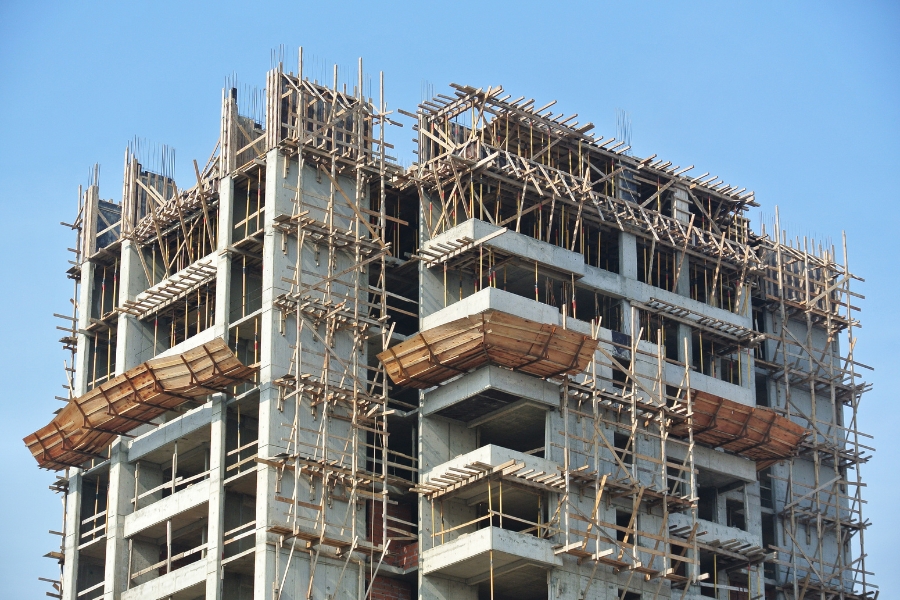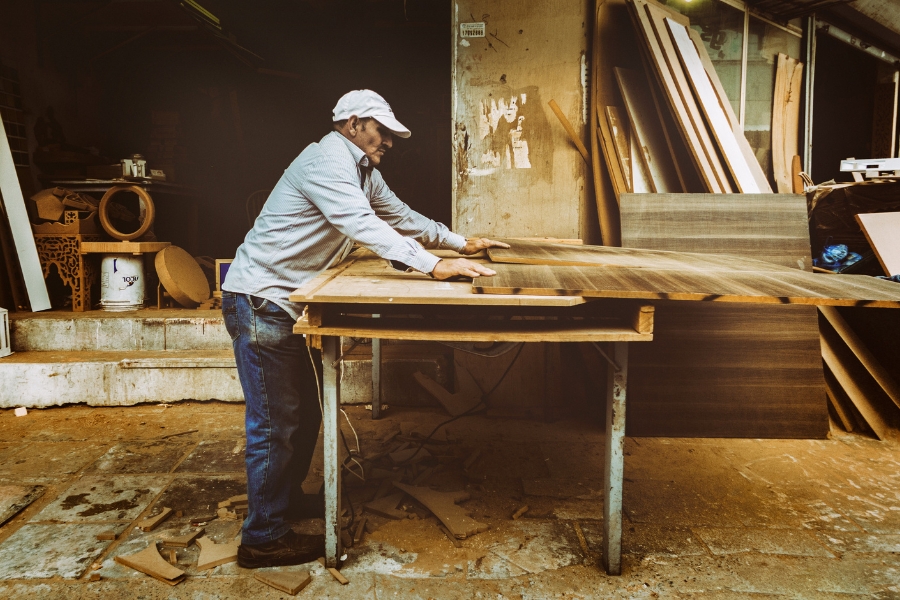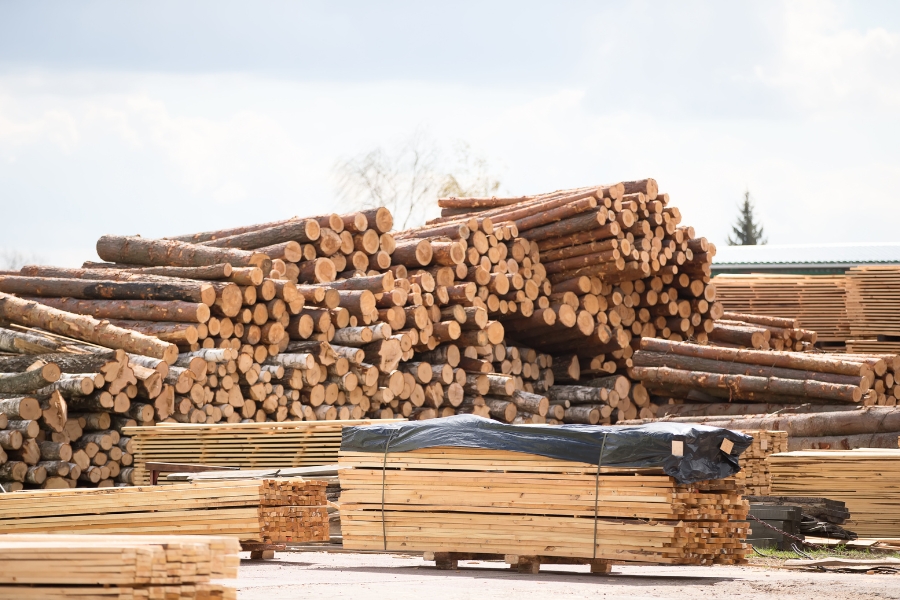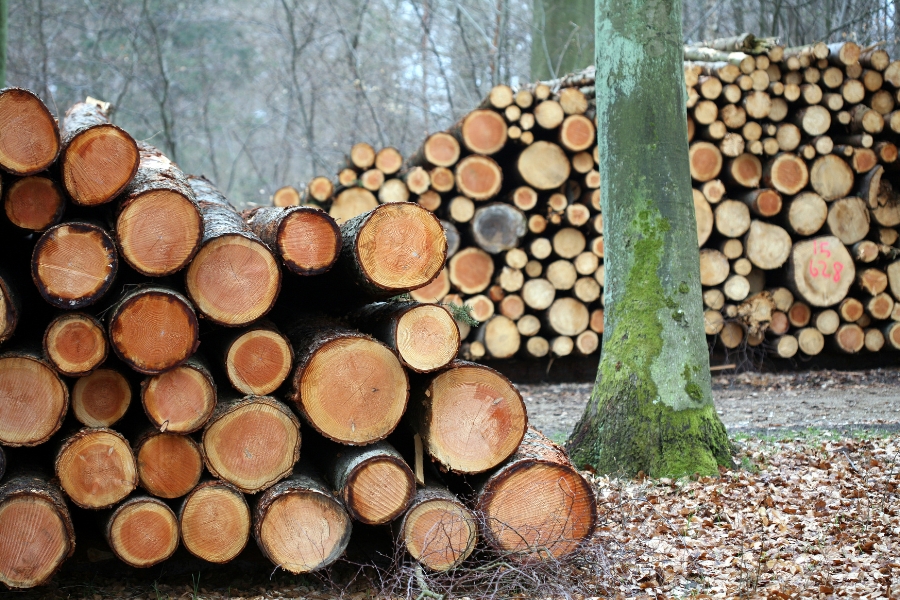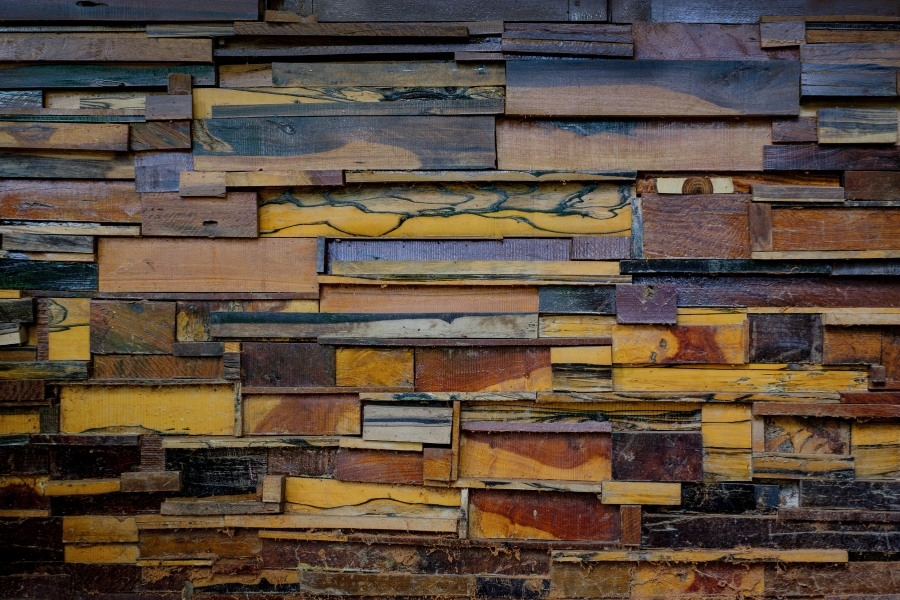When planning a construction project, selecting the right materials is crucial—including the type of wood used for formwork. Though it may seem trivial, the type of wood used for formwork can significantly impact the final outcome of the concrete pour, both in terms of strength and cost efficiency. If the wrong choice is made, the building structure may not perform optimally, and costs could escalate!
If you’re still unsure about which type of wood is best suited for your needs, take a look at the comprehensive discussion of the types of wood for casting below. Who knows, after reading it, you might feel more confident in making your decision!
Types of Wood for Casting
There are many types of wood that can be used for formwork, but each has different characteristics. From durability, ease of assembly and disassembly, to cost, all factors must be considered. Here are the common types of wood used for casting building construction. You can choose one of them!
1. Albasiah Wood
Albasiah is known for its straight grain and relatively smooth surface. It is moderately heavy, making it easy to install and dismantle formwork. Although lightweight, this wood has sufficient compressive strength to support liquid concrete loads stably.
This wood is suitable for wall formwork, floor slabs, and other structural elements that require a flat and sturdy surface.
2. Racuk Wood
Racuk wood has the advantage of good nail holding power and natural resistance to termite attacks. With a medium hardness level, this wood is easy to cut and shape according to formwork requirements.
The price of this wood is economical but can still be used for several casting cycles. Generally, carpenters use it for floor and beam formwork.
3. Borneo Jambi Wood
Borneo Jambi wood comes from forests in Sumatra and is known for its distinctive yellow color and fairly dense grain. This characteristic makes the joints between boards more precise, allowing the formwork to be installed more evenly and producing a smooth concrete surface.
Borneo Jambi wood is also resistant to moisture, so it does not easily deteriorate when exposed to water. It is suitable for use in column, wall, or pile formwork, especially in areas with high humidity levels.
4. Kalimantan Meranti Wood
Meranti wood from Kalimantan is quite popular because it has moderate density and is easy to work with. Its dense fibers make it strong enough to withstand the pressure of liquid concrete without warping easily.
In addition, this wood is also suitable for installing nails or bolts because it has good grip. The end result is neat, making it suitable for use in floor or wall formwork that requires high precision.
5. Kruing Wood
Kruing wood is known as a hardwood with tight pores, making it resistant to moisture and fungal attacks. Despite its heavy weight, this wood is a reliable choice for formwork used repeatedly, especially in large-scale projects.
Its water-resistant properties also make Kruing wood suitable for formwork in wet areas, such as pools, water channels, or underground foundations.
6. Samarinda Camphor Wood
Samarinda Camphor Wood has a distinctive aroma that serves as a natural indicator of its resistance to insects. Its wood fibers are dense and strong, so formwork panels do not easily break even when bearing heavy loads. Its resistance to decay makes it suitable for use in damp areas or infrastructure projects in open spaces.
7. Bengkirai Wood
Bengkirai wood is a type of hard and heavy wood with very dense straight fibers. It is highly resistant to concrete pressure, water, and termite attacks. Therefore, Bengkirai formwork boards can be used repeatedly without much maintenance. They are suitable for large projects such as commercial and industrial buildings that require precise and durable casting results.
Well, those are the types of wood for casting that you can choose from. Each has its own advantages, so you can tailor them to your project needs. From lightweight and economical options to super durable ones for repeated use in large-scale projects. The key is, choosing formwork wood cannot be done carelessly; it must be adapted to site conditions, the type of structure being cast, and, of course, the available budget.
So, before starting a construction project, make sure you’ve chosen the most suitable type of wood for formwork. To maximize results, why not order high-quality wood for your construction project at Hojaya? We offer a variety of wood types at competitive prices and with reliable service!

